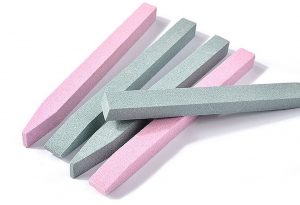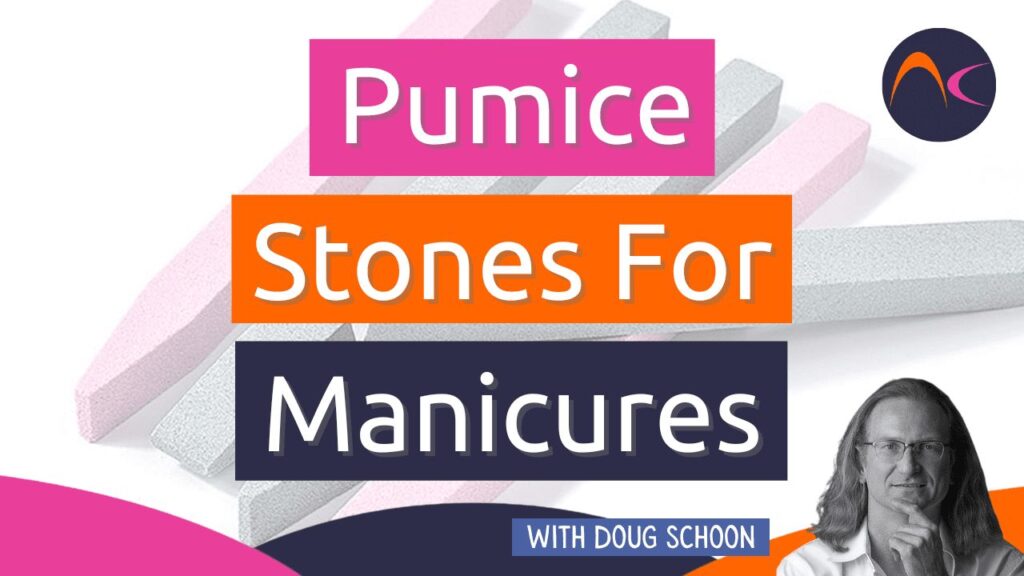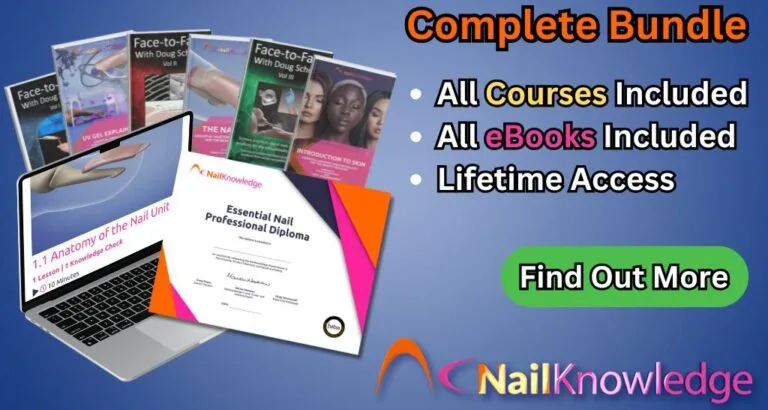Pumice stones, or so-called Hindu stones, have been sold to nail professionals under various names for many years and are nothing new. These are made of pumice, which is finely ground lava rock. These manicure stones are very similar to the stones used in some nail salons to remove calluses. Lava stones are used mainly because they are highly aggressive and remove calluses quickly. The main difference between the different types of lava stones is the size and depth of the holes in their surfaces.
For use on feet – the holes are very large and deep, and for manicuring – they are very small and shallow. Pumice stones have been prohibited in many places mainly because they can be very difficult to clean, especially the stones used for pedicures. The large holes quickly and easily trap dead tissue. The holes make these stones very difficult to properly clean since skin is hard to remove from the deep crevices. If they can’t be properly cleaned, then they can’t be properly disinfected. I personally don’t recommend these be used on feet. These stones are too aggressive and often used to completely remove calluses. As explained in other questions, calluses should only be smoothed and should never be completely removed. Complete removal of a callus makes the foot more susceptible to injury, blisters, and infection. Calluses are designed to protect the feet.
Las piedras pómez utilizadas para la manicura tienen orificios superficiales muy pequeños que no son profundos, por lo que es mucho menos probable que atrapen residuos y, por lo tanto, son mucho más fáciles de limpiar. No las he probado para determinar si se pueden desinfectar adecuadamente, pero sospecho que se pueden desinfectar si se limpian con cuidado. Esto significa la eliminación de todos los signos visibles de residuos antes de sumergirlos completamente en un desinfectante.
The biggest problem in my view is that for manicuring, these stones are very hard, highly abrasive, and not flexible. This causes them to be overly aggressive and damaging to the natural nail plate. To make matters worse, they are sometimes used to remove the very thin cuticle tissue adhering to the thinnest and softest part of the nail plate. What? Or I should ask why? Isn’t this like using a chain saw to mow the grass? You can do that, but why would you want to? This is extreme overkill and these pumice stones are not the best way to safely and carefully remove cuticle tissue.
Si se ejerce una presión excesiva hacia abajo con estas piedras, la lámina ungueal puede dañarse seriamente y adelgazarse en exceso. En su lugar, recomiendo utilizar un empujador desechable de madera, que es mucho más seguro. Las curetas metálicas también son muy útiles para este fin, pero los empujadores metálicos pueden ser demasiado afilados y lesionar el tejido vivo. Independientemente del instrumento utilizado, recomiendo un tacto suave siempre que se trabaje en la lámina ungueal y especialmente cerca de la lúnula (luna), donde la lámina ungueal es más blanda y aún no está completamente endurecida. Las uñas de esta zona se dañan con facilidad, por lo que hay que tener el cuidado adecuado.




